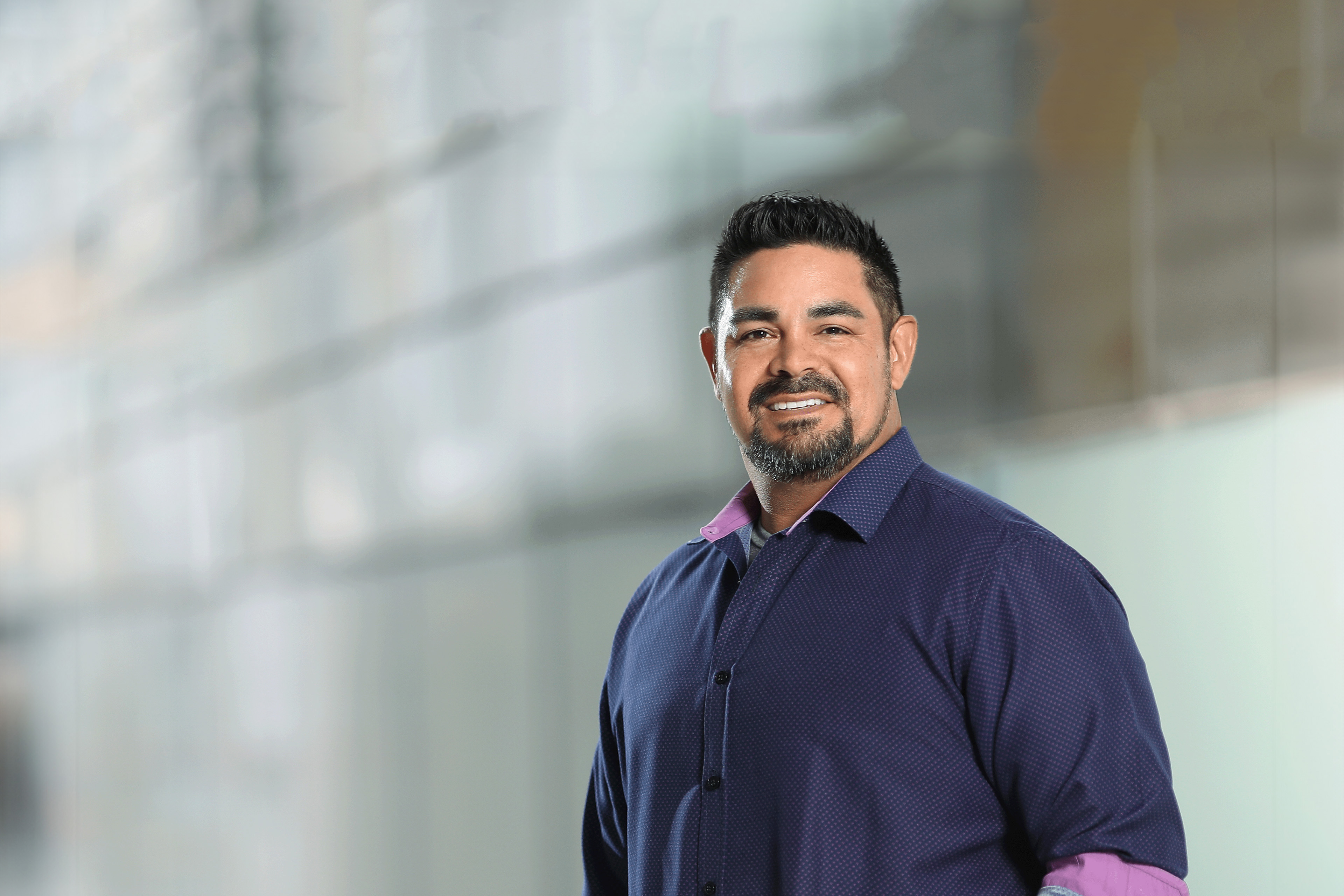EY refers to the global organisation, and may refer to one or more, of the member firms of Ernst & Young Global Limited, each of which is a separate legal entity. Ernst & Young Global Limited, a UK company limited by guarantee, does not provide services to clients.
Explore our Offerings
-
Leaders that put humans at the center to navigate turning points are 12 times more likely to significantly improve transformation performance. Learn More.
Read more
How would we scale up a workforce to 1,000-plus people, with multiple consultancies, software vendors, alliance partners, gig workers and freelancers – some of them competitors – working together in one ecosystem?
Together, EY teams rewrote contracts and collaborated with the leadership team to establish new governance structures, provide the change management stream, and source talent – all with a “humans at centre” philosophy at its heart. The client has now successfully landed this change and provided a foundation to accelerate innovation and growth. Below are key lessons.





